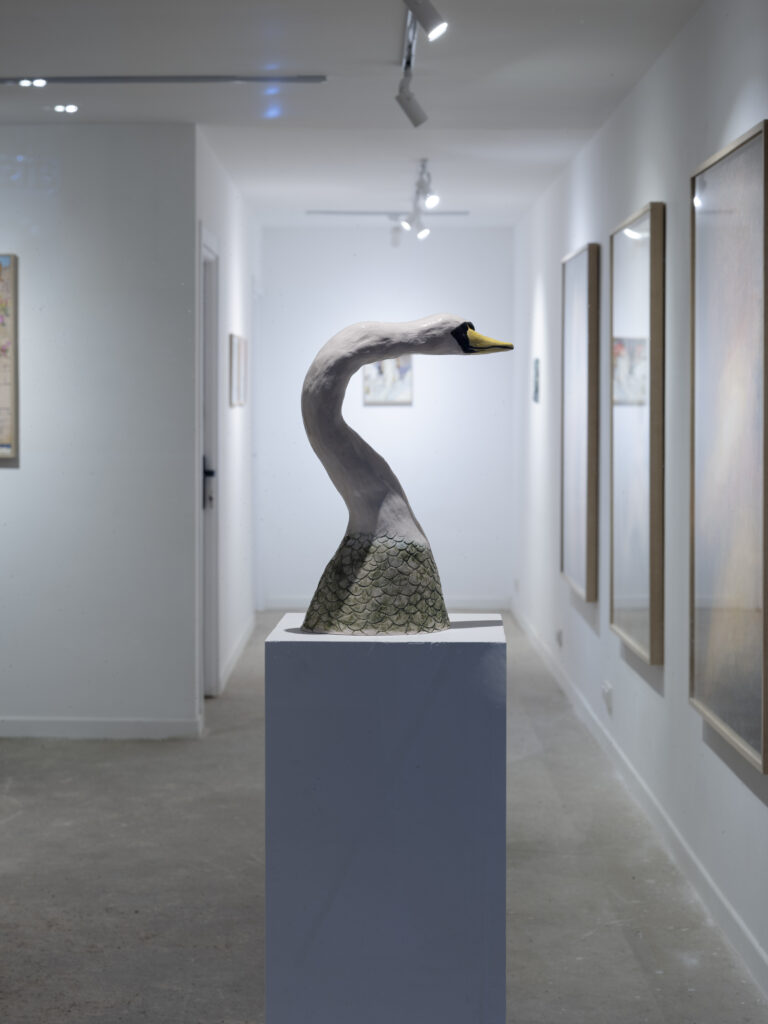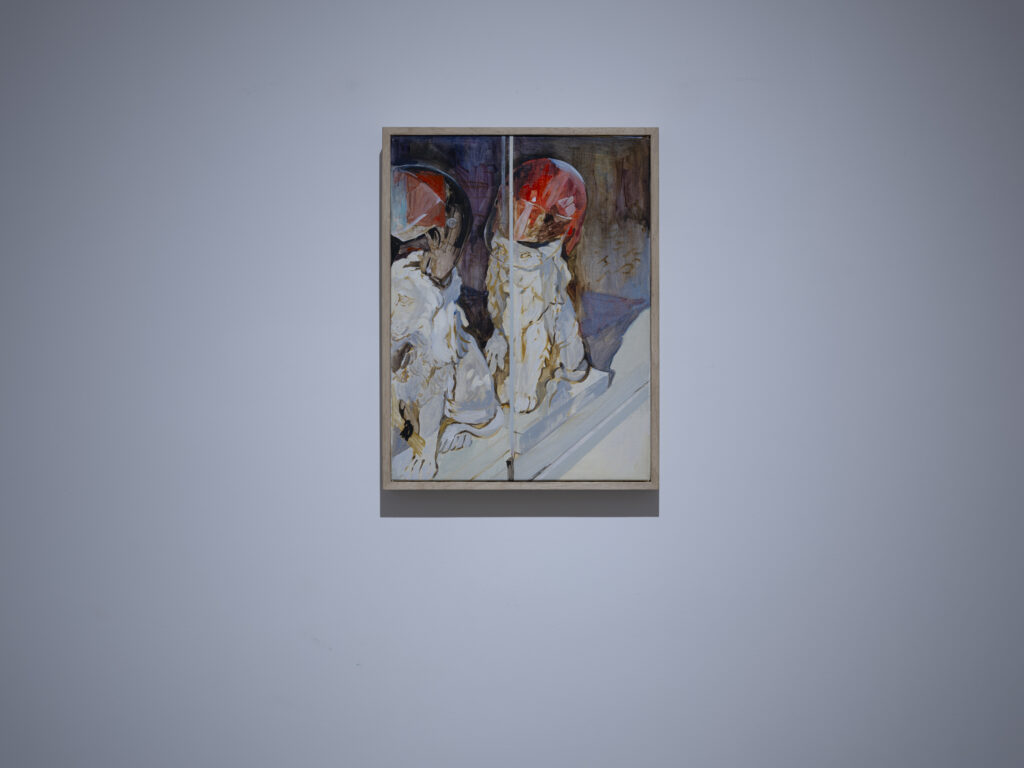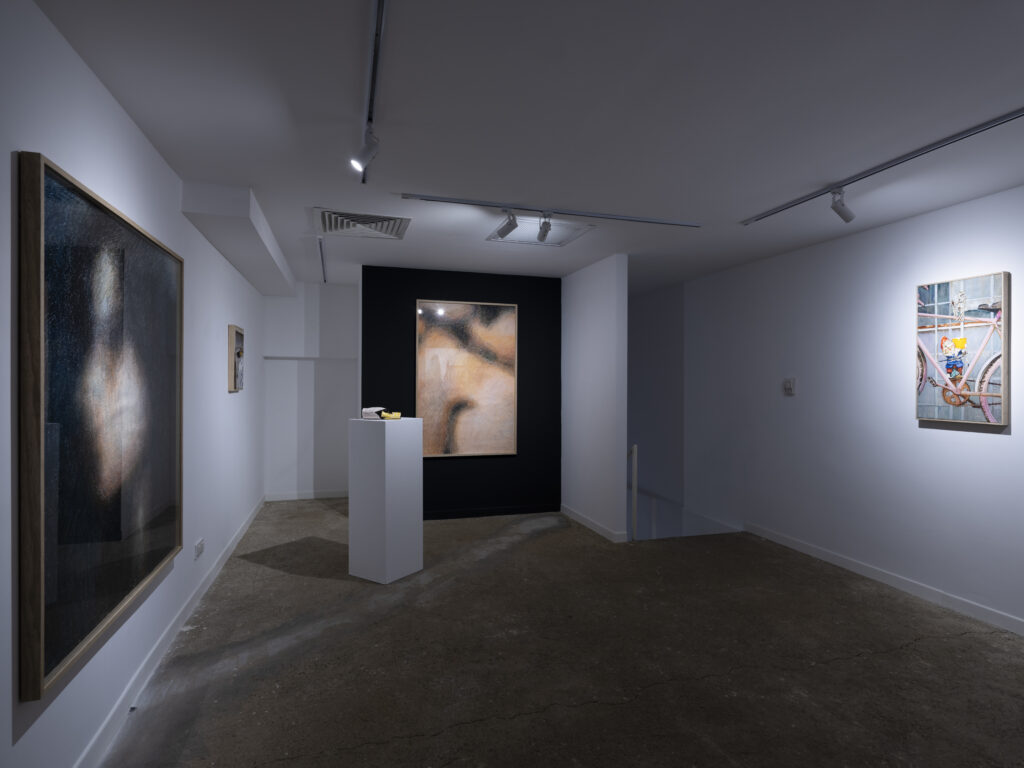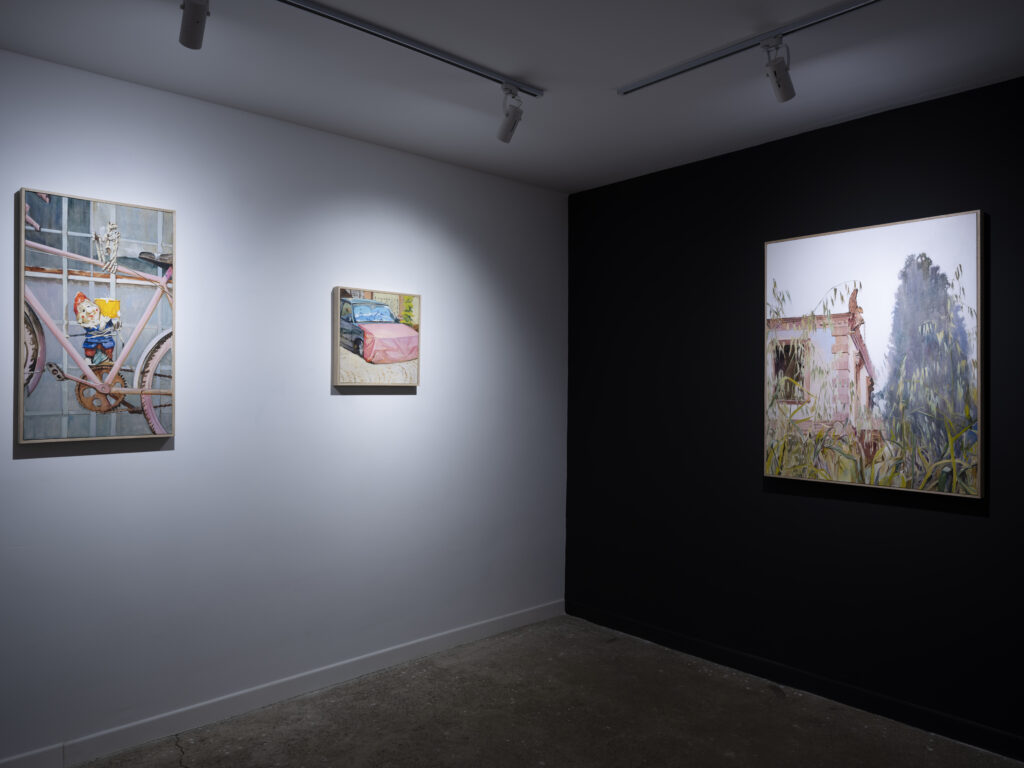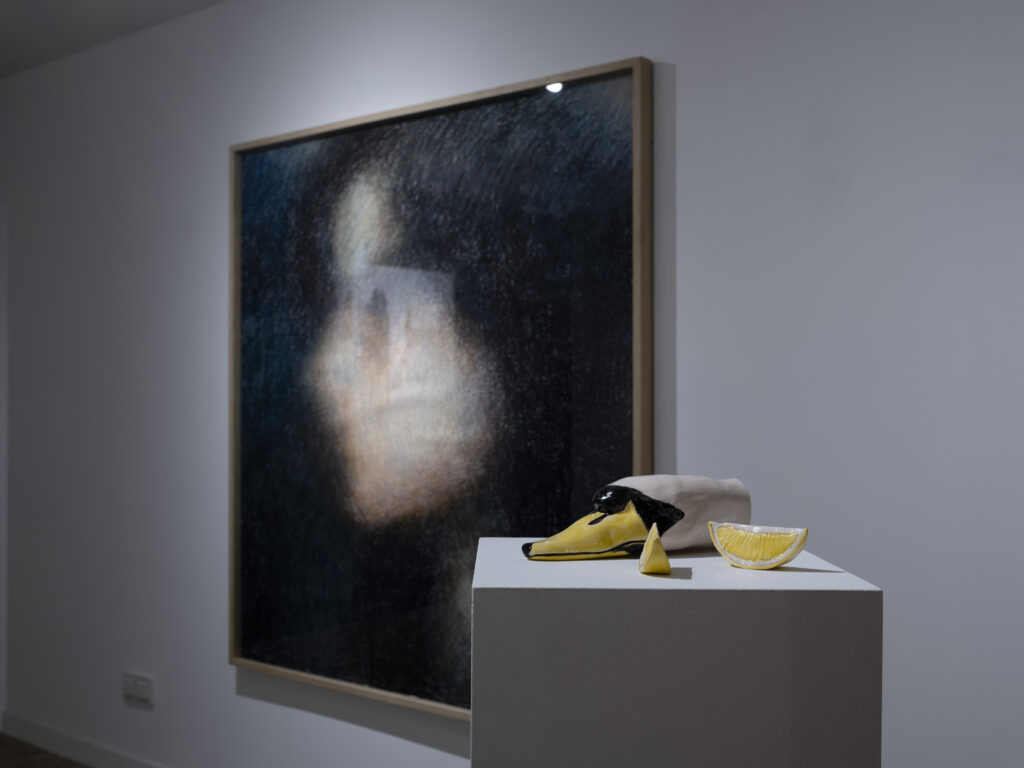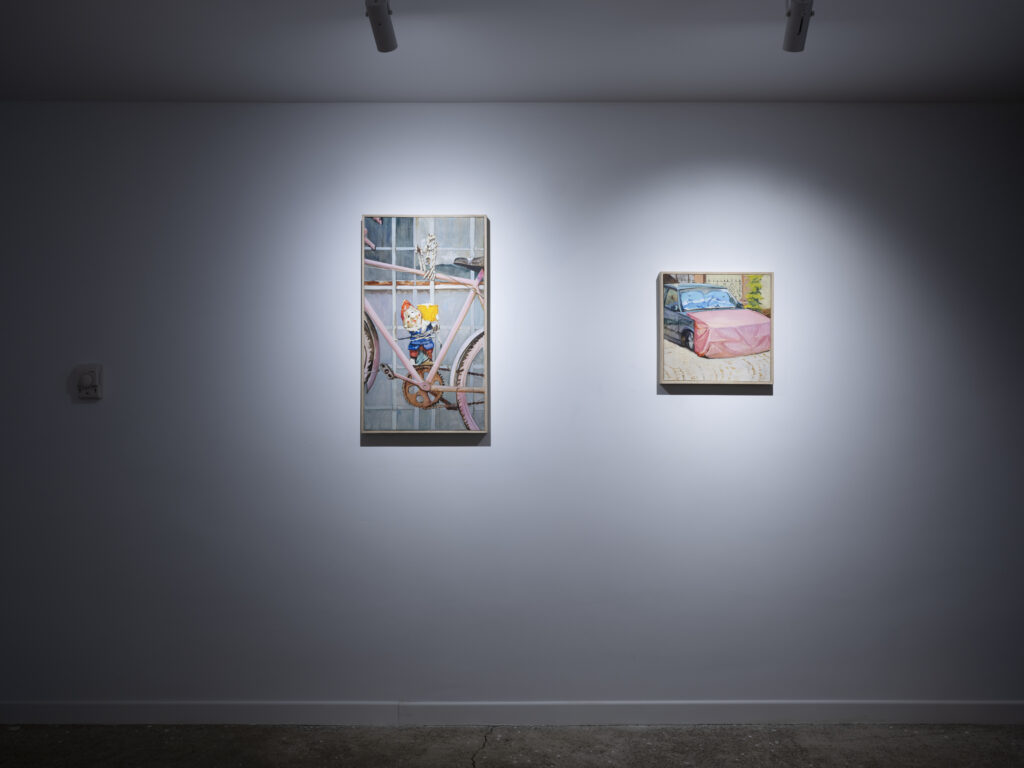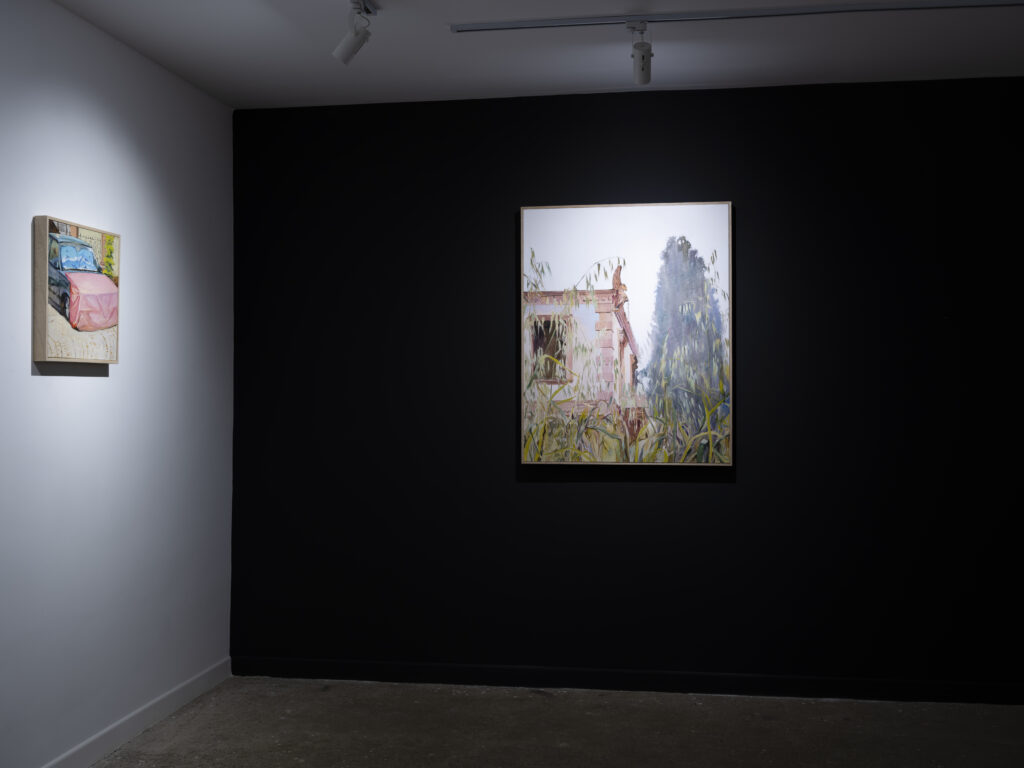A chimera is a) mythical cryptid with parts combined from several animals, b) an organism or tissue that contains at least two sets of DNA, c) a wildly implausible fancy or flight of imagination and d) a stretch of hybrid output, two people living and creating in tandem. That last one is our own definition for our residency in Ayvalık at Martch Studio during May-June of this year. The two selected artists who share a space and studio for Martch Art Project’s annual residency are not obligated to develop a rapport, but Ekaterina and I did. We achieved a synergy from the first exploratory trips around Ayvalık, such as to the historical church of Taksiyarhis with its heron-flanked cathedral that inspired Katerina to make her griffin-swan sculpture.
The Martch Studio space in central Ayvalık has been renovated from an old soap factory, a large spartan space with not a lot of options for recreation within its walls, an ideal setting for focused work. The outside world thus somewhat muted, we worked and ruminated together on the art practice, our individual productions and methods, books, movies, history, and various chimeras – of imagination, of the histories of our respective countries, of our own creation. To take a break, we would walk around Ayvalık, literally and figuratively turning over stones and wading into the surf, activities that to me recalled the idle days of my childhood summers on the Aegean coast. The totally visceral experience of the Aegean summer – the rhythms of the sea, fragrant hills buzzing with bug music, and serpentine topography – has always had a way of plugging my consciousness into something greater and more timeless than my current reality, as it must have those of the Aeolians, Mysians and Lydians who told stories that our civilisations’ narratives are founded on to this day.
Stories and representations through the ages form the basis of Katerina’s paintings and sculptures and my large-scale oil pastel drawings of low quality image placeholders and AI-generated fail images. In Katerina’s words: “The image of the chimera also shows the duality of perception. I aim to compare two images of sculpture: the historical pompous and the everyday modern. There are also many mythological elements in the town, such as sirens on the rooftops of houses or griffins with chains descending from the roof. Working with themes of everyday life and a personal archive of photographs, I construct my own narrative, with images somewhat disturbing, surreal. I refer to the tradition of realistic painting and sculpture, herewith striving to crystallize the intersection of the illusory and the possible.” Her swan’s head and one of our conversations about nationalistic myths inspired me to make my ceramic piece, the R*pe of Leda, based on the myth of Leda and the Swan and also my experiments with deliberately misleading AI.
The undercurrents of our dialogue, we think, bind the narratives together, but perhaps that’s because we’ve spent much time in each other’s presence and practices this summer. Maybe the best way that two practices enmesh should be like chimera, made up of incongruous parts, improbable but real, incontestable to those who dreamt it up.
(Zeynep Beler)
Photo: Cemil Batur Gökçeer
